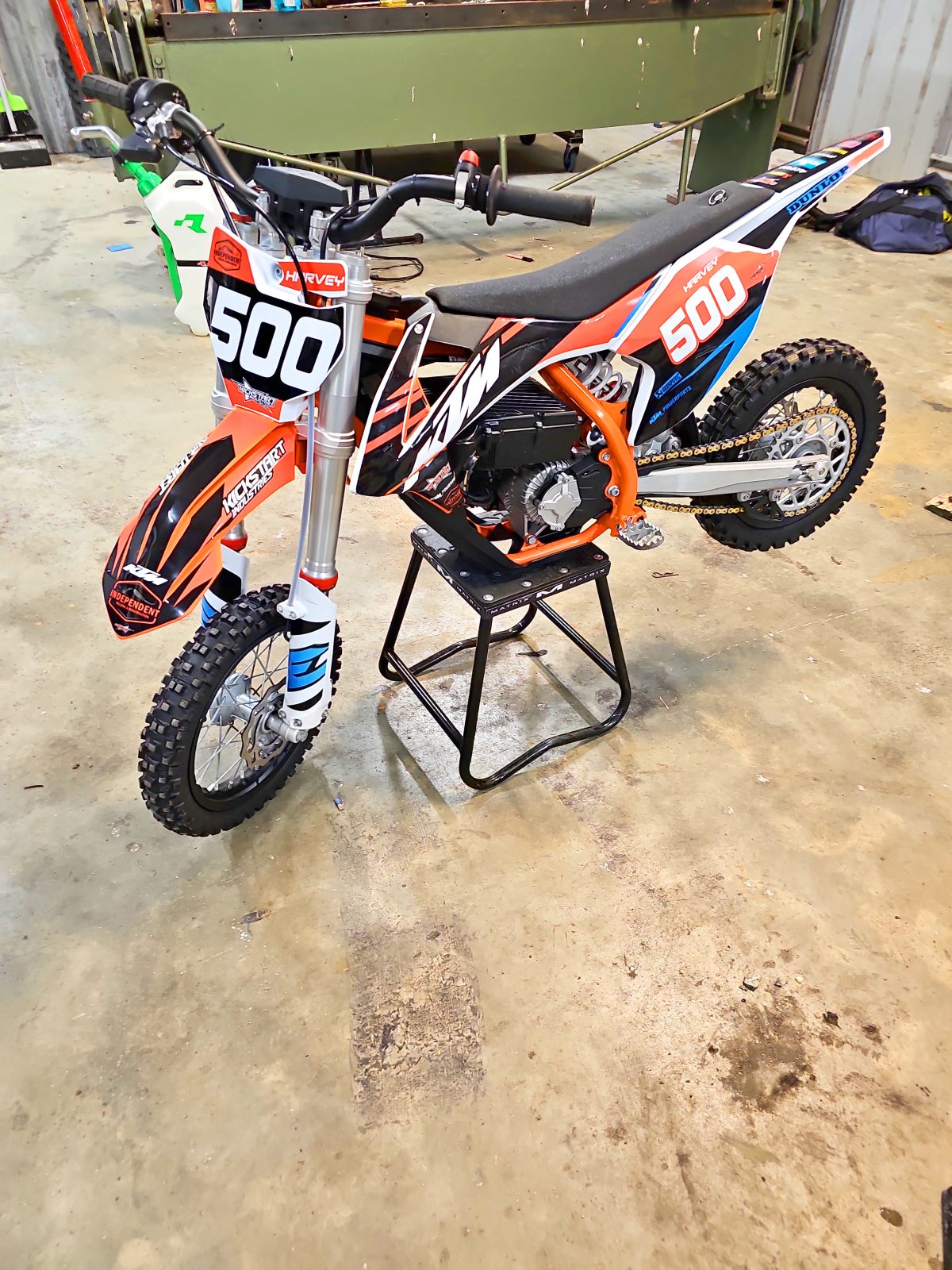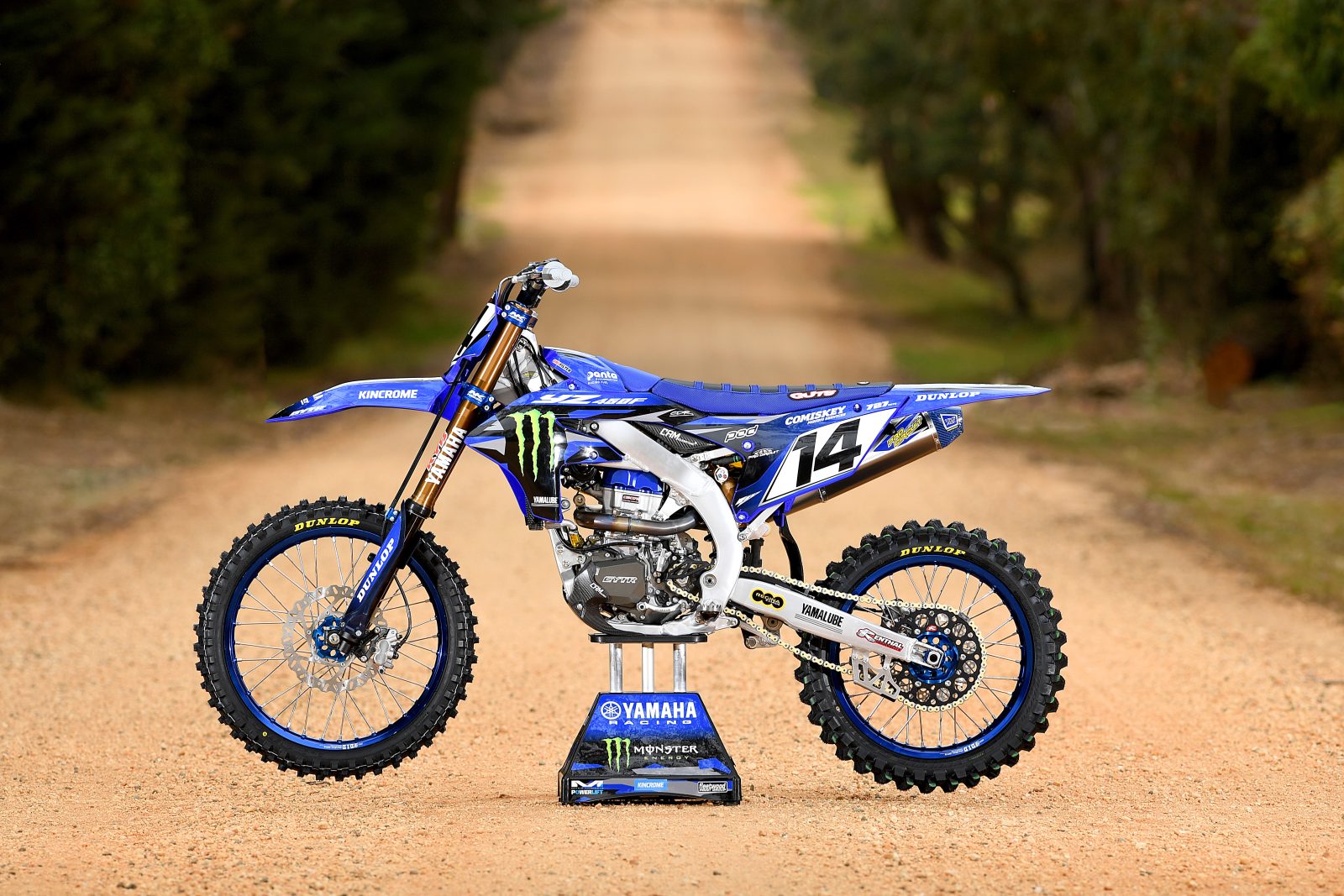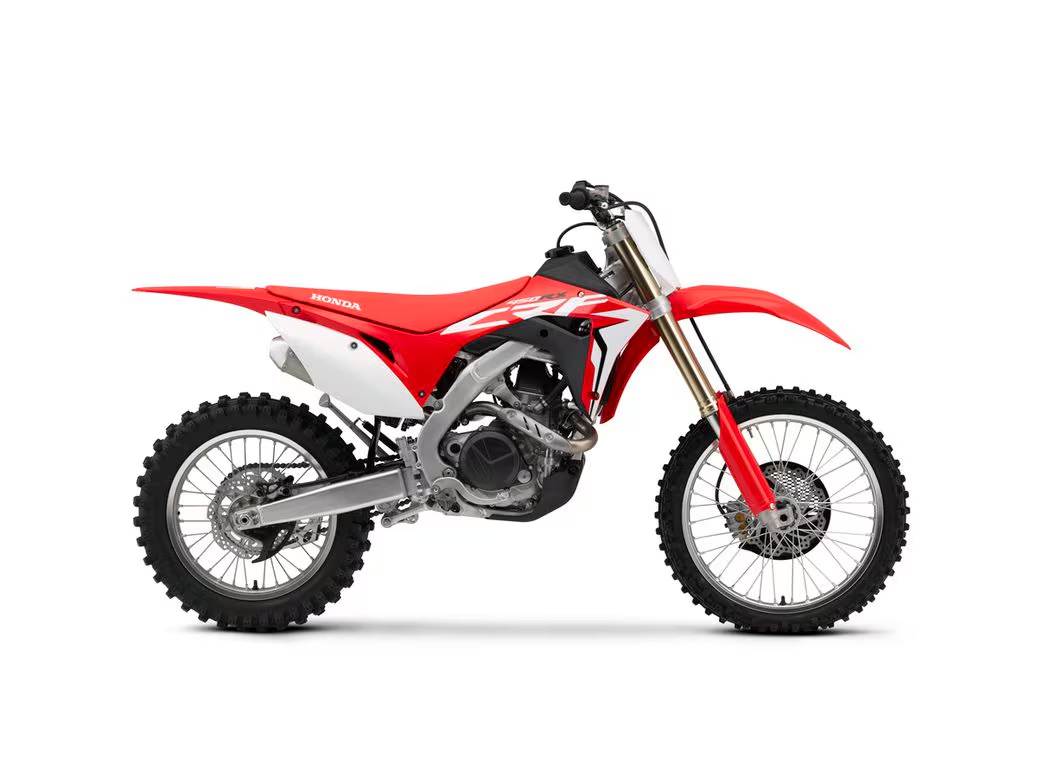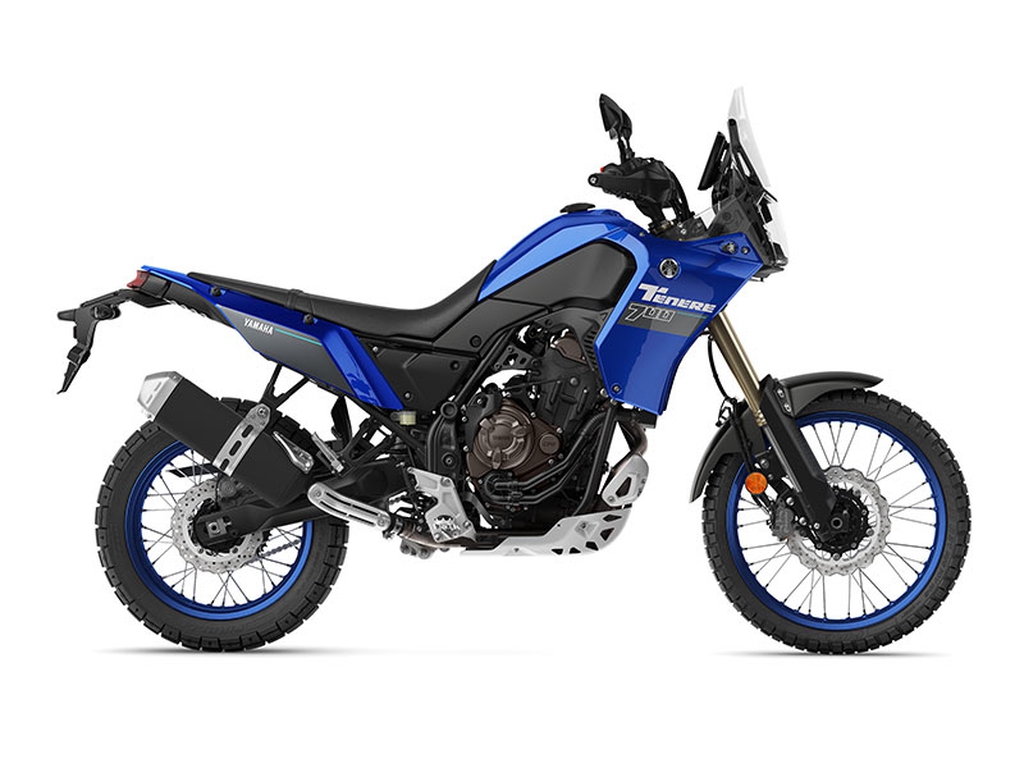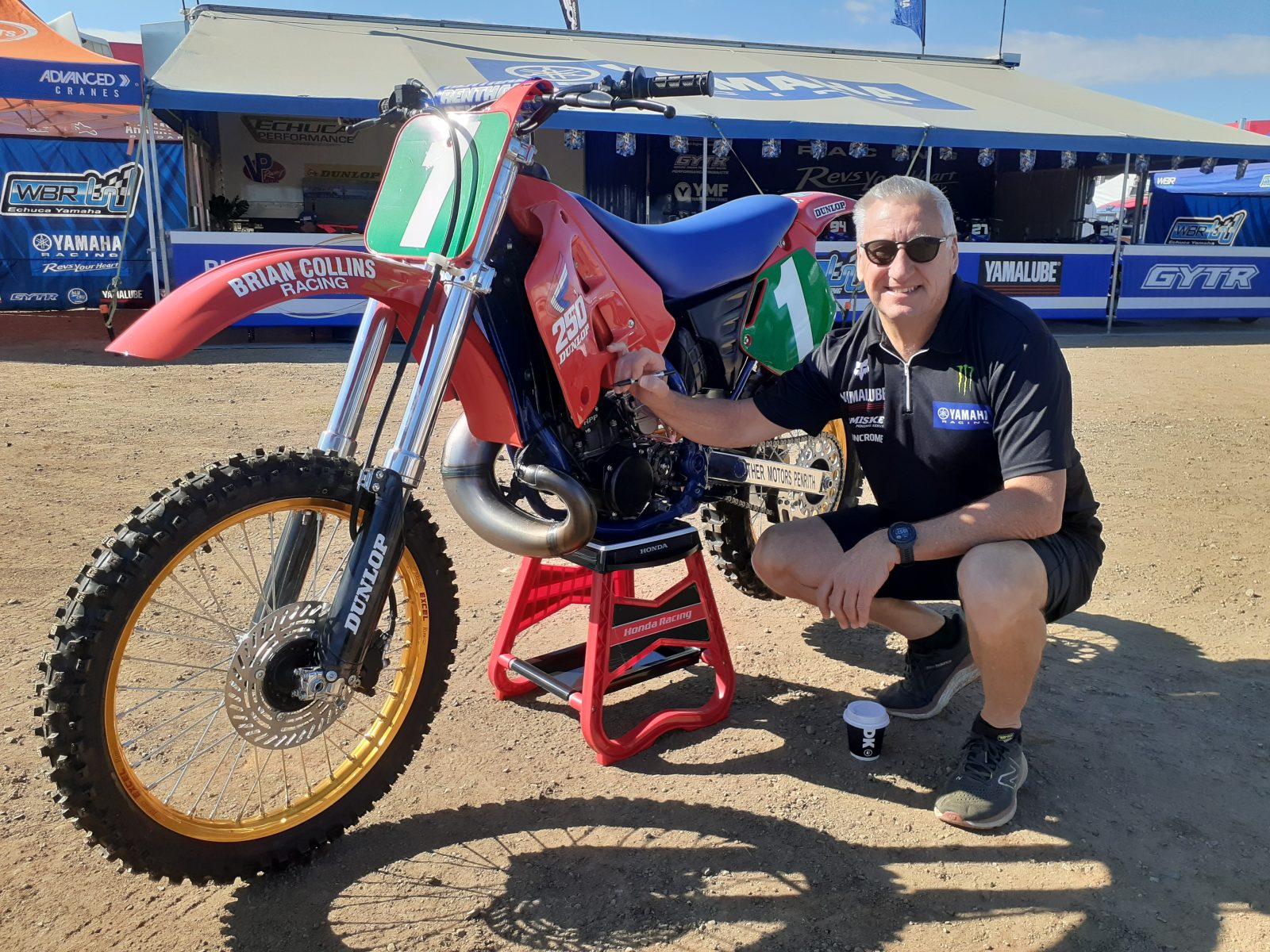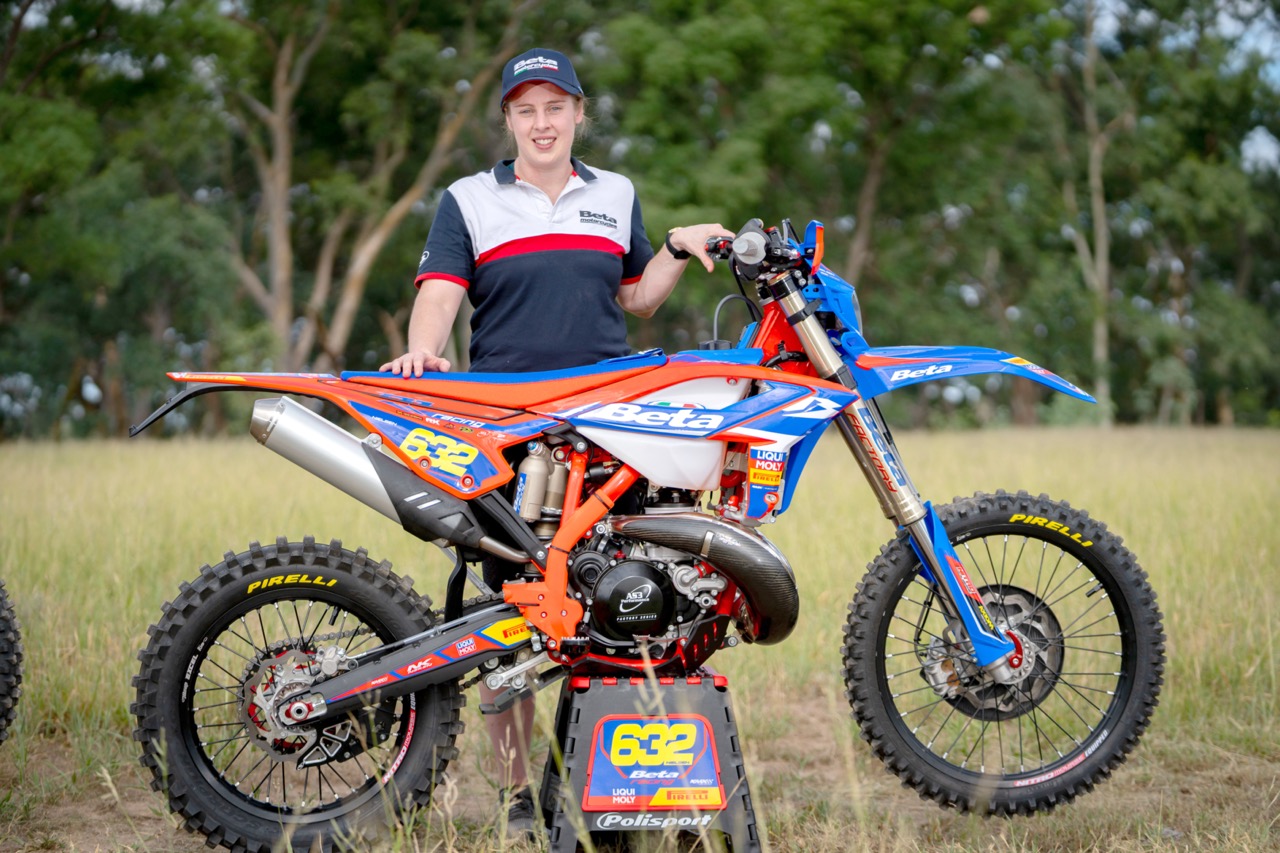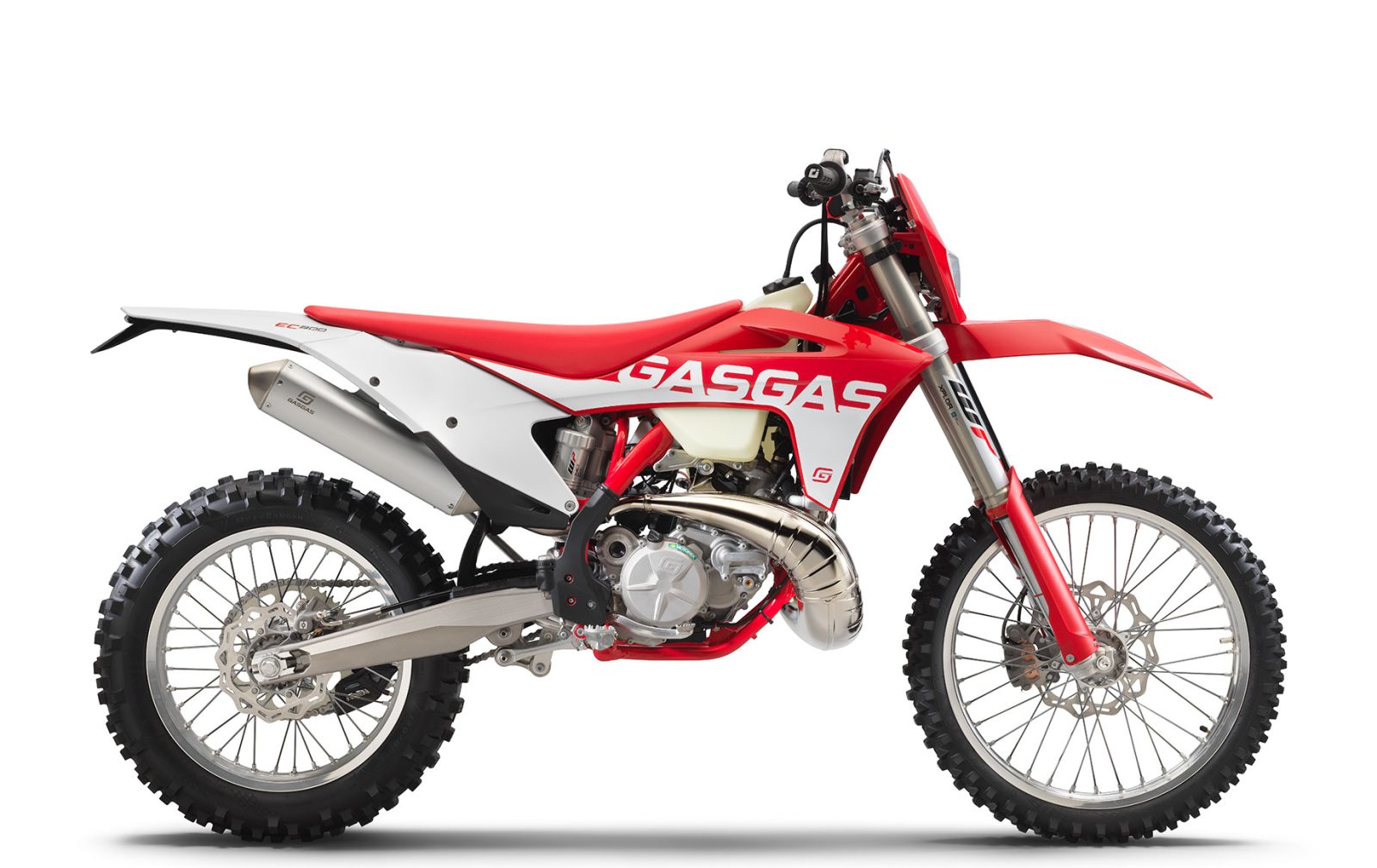Kawasaki’s KDX range has produced many legendary dirtbikes, the most famous of which is the long-running 200cc models. But Team Green also produced a swag of great 250cc models from 1980 until 1994, too.
The 1991-94 KDX250 was among the best of them. At the time the KDX was up against stiff competition in the two-stroke enduro market from bikes like the well-developed Suzuki RMX250 and Yamaha YZ250WR.
The KDX ticked all the boxes and the Australian imported road-registered models were both a decent thing for the bush and capable of a little on-road commuting, too. Over time the green machine proved itself a reliable machine and there are plenty of them still out there – mostly because of a large number of used imports from Japan that arrived here in the early 2000s.
There are several variations of the KDX250, with the competition versions coming with plastic tanks and minimal road-going gear, meaning they’re set-up a little better for the bush than the standard models sporting steel tanks. The bike’s look and basic engine design was very closely modelled on the 1990 KX250 motocross bike – the first perimeter frame dirtbike to make it to the public.
The steel twin-spar frame helped the suspension perform well and made the bike very stable in the rough. The KDX copied the KX version so closely that many items like the con rod, main bearings, suspension linkage and swingarm use the same parts.
The engine features the patented Kawasaki Integrated Power Valve System (KIPS) and chrome cylinder liner. Many used examples had a steel sleeve fitted and there are two additional oversize pistons available for the steel liners – so make sure you ask which oversize it is!
The KIPS exhaust valve needs to be serviced whenever a new piston is fitted to keep it free of carbon deposits and operating correctly. The KDX250 is popular with learner riders to this day because of its big, broad, smooth power band and cheap price.
Overall, it’s a great system and the fact there are so many still in-service is a tribute to the original design.
Key Points
No ADR
Japanese import bikes are not able to be registered, so look for the compliance plate behind the headlight if you’re hoping to hang a numberplate on the rear guard.
Worn motors
The KDX was very reliable bike 20 years ago, but check over any bike this age thoroughly. Low compression and hard starting are bad signs.
KIPS
No hit or no top-end power is a sign the power valve could be seized from carbon build-up. The Kawasaki Integrated Power Valve System (KIPS) parts are expensive to replace, so a test ride is essential.
Fork
The front suspension is set up for a jockey so, if you’re over 60kg, you’ll need to install heavier front springs.
Tank
Steel on the standard KDX250, plastic on the competition-trim version
Perimeter frame
Following the lead of the KX250, the ’91 KDX250 was the first 2T enduro bike to sport a perimeter frame design.
Price Guide
$1350-2350
New Price
1991 $5600
1992 $5600
1993 $6199
1994 $7599
Second-hand
1991 $1350-$2050
1992 $1350-$2100
1993 $1400-$2150
1994 $1500-$2350
Market Equivalents
$1350-$2350
’89-’94 RMX 250
Suzuki’s 2T trail titan
$1700-$2850
’91-’94 Yamaha YZ250WR
MX-derived bush weapon
$1150-$2050
’91-’94 KTM 250GS
Full throttle Euro chic
